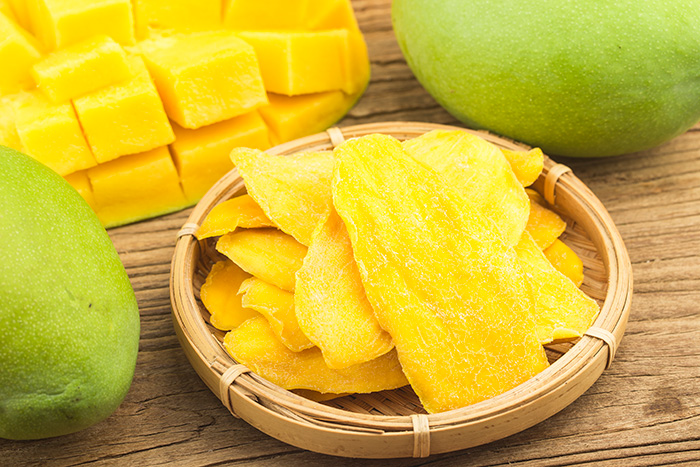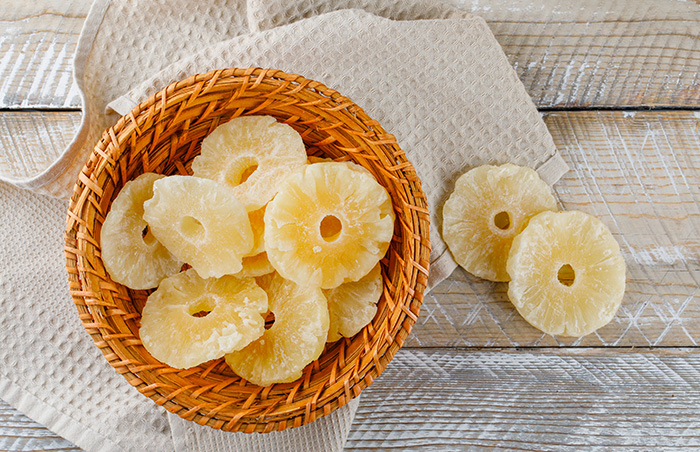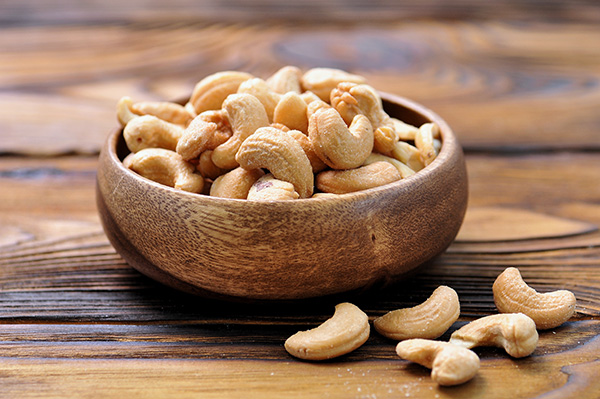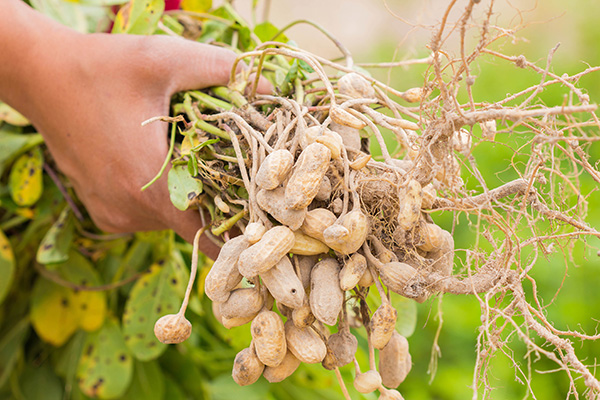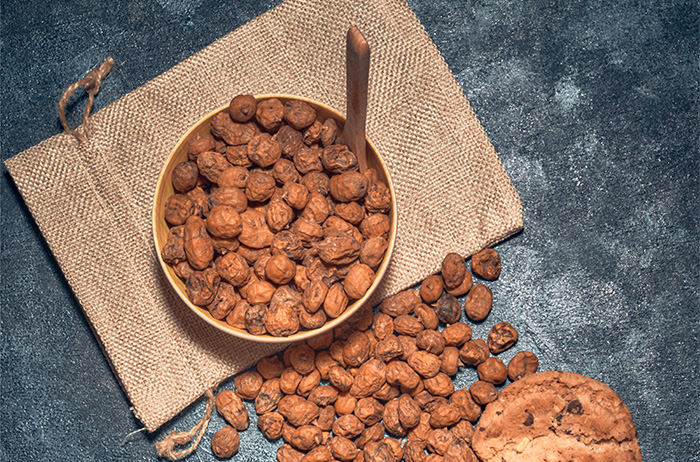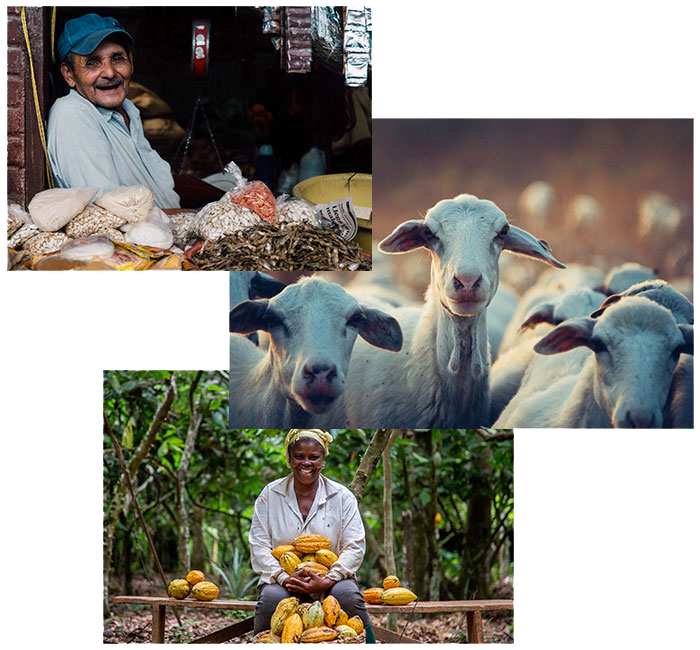Rooted in the culinary and known for its health benefits, olive oil is used as a (raw) condiment or for cooking, frying or confiting food. The olive sector currently generates a turnover of around 470 million euros per year and provides 6.6 million real working days.
The olive tree is the oldest cultivated tree in the world. It flowers in springtime and the fruit can be harvested in the fall – depending on the weather.
If you want to use the olives for the oil, you should pick them just before they are fully ripe, because it is then when they contain most beneficial anti-oxidants and least acid.
Each country has their own unique varieties of olive which contribute to regional olive oil flavors.
Portugal is the seventh largest olive oil producer in the world and the fourth biggest exporter. The olive industry in Portugal has 498 olive mills, 8 oil mills, 2 refineries and 4 olive oil mills. Traditionally, the Olive plantations has always been a significant activity in Portugal. Although there are remnants and presence of the olive tree from bronze age, it would have been the Roman, and later Visigoths and Arab that contributed mostly to the development of its cultivation.
Today there is a whole new trend and focus on selective varieties and the quality olive oil production that is giving the rise to a vast array of excellent high quality olive oil. Portugal has the Cobrancosa and Verdeal for example. Portugal however, is not a giant producer of olive oil like neighbouring Spain, but the traditional production of olive oil goes just as deep here. In the past 50 years there has been a big improvement in olive oil processing, storage and distribution – Portuguese producers have improved the quality and polished their brands to shine among the world’s best olive oils.




